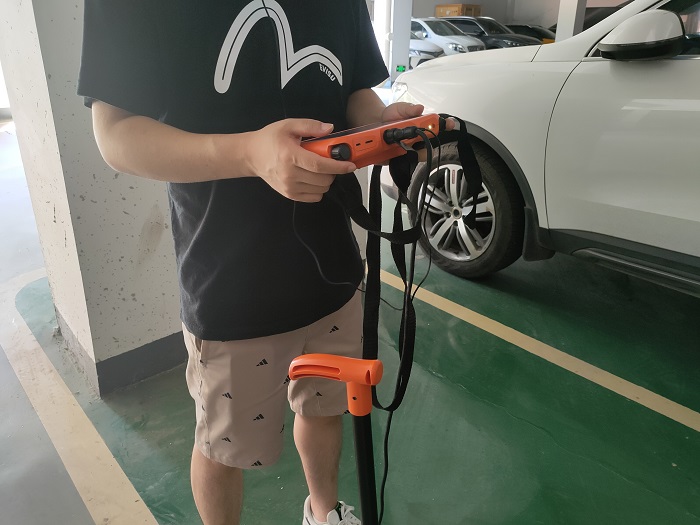Small pipeline leak detectors are playing an increasingly important role in modern life, especially in water management and maintaining the structural safety of buildings. These devices are compact and easy to operate, and are suitable for use in a variety of settings, including homes, commercial buildings, and industrial facilities. In this article, we will discuss the principles, types, application scenarios, and selection guidelines for small pipeline leak detectors.

I. How pipeline leak detector works
Sound Detection Method
Most small pipeline leak detector uses sound detection technology to locate the leak location. When there is a leak in a pipeline, water droplets in contact with the pipe or ground will produce sounds of a specific frequency, which travel through the pipe or soil. The instrument captures these acoustic signals and uses a built-in analysis system to determine the exact location of the leak.
Temperature Difference Detection Method
Using infrared imaging technology or other temperature sensing technology, the location of a leak can be determined by detecting the local temperature difference caused by the leak. This method is particularly suitable for hidden piping systems.
Humidity Detection Method
Some instruments detect potential leaks by measuring changes in ambient humidity. This technique is often used to detect leaks inside walls or under floors.
II. Types of small pipeline leak detector
1. Handheld acoustic detector: portable and lightweight, suitable for quickly locating indoor or outdoor water leaks.
2. Intelligent water leak detector: combined with the Internet of Things technology, can be remotely monitored and sent real-time alarm information.
3. Pipeline stethoscope: specially designed to listen to the sound in underground pipes to pinpoint the location of water leakage.
4. Moisture Sensor: Installed in places prone to water leakage, such as under the sink or around the bathroom, to detect potential problems in a timely manner.
III. Application Scenarios
-Family homes: Regularly check the plumbing system to avoid property damage due to water leakage.
-Commercial buildings: Maintain the water supply system in the building to reduce maintenance costs.
-Industrial facilities: Monitor the water supply network of large factories to ensure that productivity is not affected.
IV. Selection Guide
1. Detection accuracy: Choose products with high sensitivity and accuracy to ensure that leaks can be precisely located.
2. Ease of use: Considering the complexity of the operation of the instrument, prioritize products that are easy to use and have comprehensive functions.
3. Durability: Instruments for long-term use should have good waterproof and dustproof performance.
4. After-sales service: understand the product warranty policy and after-sales service quality before purchase.
With the advancement of technology, small pipeline leak detectors are becoming more and more efficient and reliable. They not only help to save valuable water resources, but also effectively reduce the economic losses caused by water leakage. For individuals or organizations that need to maintain their plumbing systems, investing in a high quality small pipeline leak detector is well worth it.








